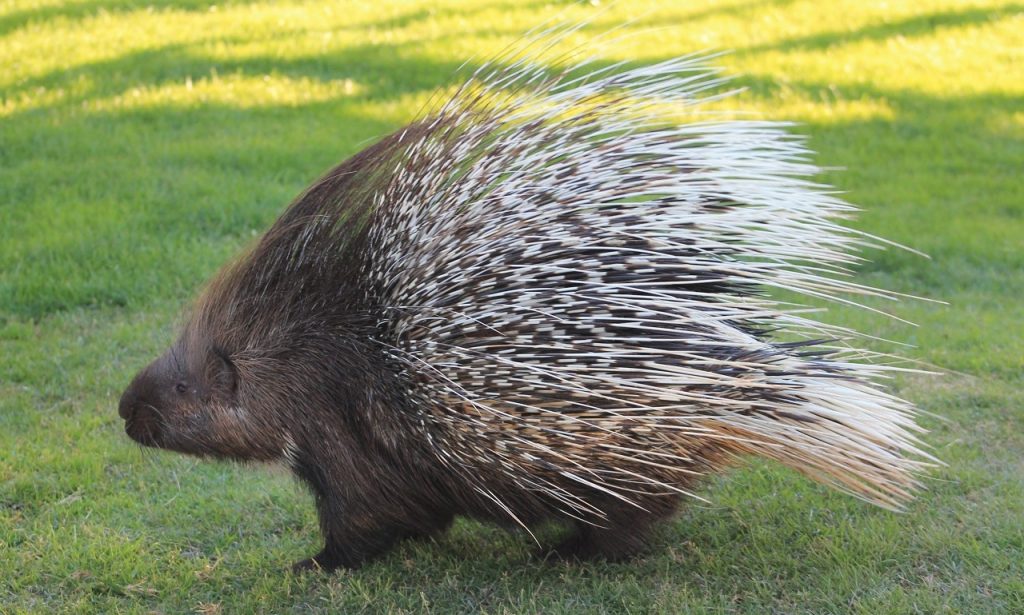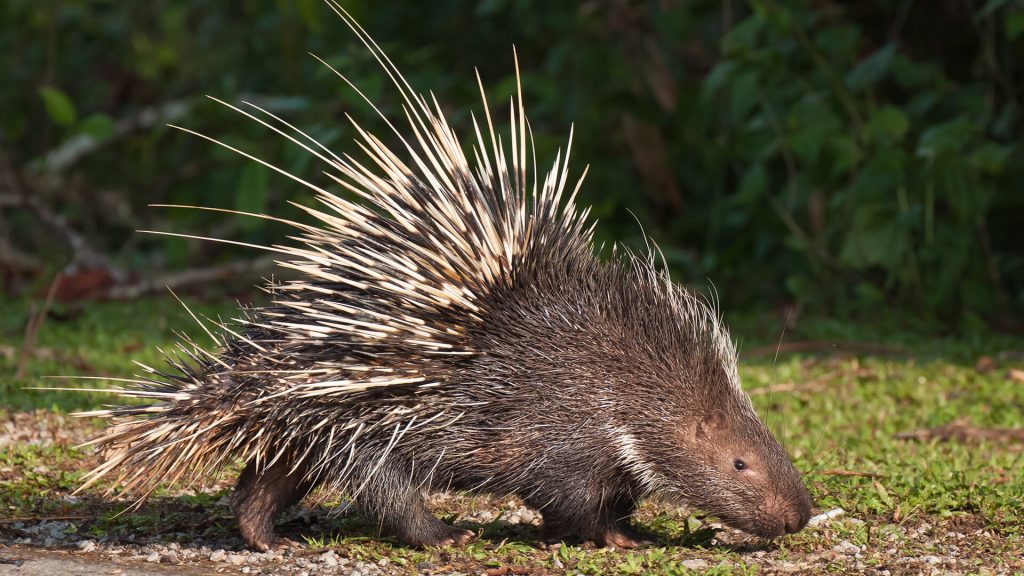
Porcupines are fascinating creatures that have existed for millions of years. They are known for their unique defensive quills and belong to the family of rodents. In this article, we will explore the history of porcupines and where they came from.
The earliest known porcupine fossils were found in Europe and date back to the late Oligocene epoch, approximately 25 million years ago. These fossils suggest that the porcupine lineage originated in Europe and later dispersed to other parts of the world.
During the Miocene epoch, which began around 23 million years ago, porcupines began to diversify and spread to different continents. Fossil records show that porcupines existed in Africa, Asia, and North America during this time period.
Porcupines have evolved to live in a variety of habitats, including forests, grasslands, deserts, and mountains. They are found across the globe, with the exception of Australia and Antarctica.
There are two main types of porcupines: Old World porcupines and New World porcupines. Old World porcupines are larger and have longer quills than New World porcupines. They are found in Asia, Africa, and Europe. New World porcupines are smaller and have shorter quills than Old World porcupines. They are found in North and South America.
Porcupines are herbivores and feed on a variety of plants, including leaves, bark, stems, and fruit. They are known for their unique digestive system, which allows them to extract nutrients from tough plant materials.

Porcupines are also known for their defensive quills, which are modified hairs that cover their bodies. When threatened, porcupines can raise their quills and make themselves appear larger. They can also release their quills, which are barbed and can become embedded in a predator’s skin. Contrary to popular belief, porcupines cannot shoot their quills.
Porcupines have played an important role in human history. Native American tribes used porcupine quills for decoration and as a tool for sewing. In some cultures, porcupine quills are considered a symbol of power or protection. Porcupines have also been hunted for their meat and quills.
Today, porcupines are recognized as an important part of many ecosystems. They help to control plant populations and provide food for predators such as coyotes, bobcats, and mountain lions. Porcupine quills also provide a unique defense mechanism against predators, helping to ensure their survival in the wild.

In conclusion, porcupines have a long and fascinating history that spans millions of years. They originated in Europe, diversified during the Miocene epoch, and have since spread to different parts of the world. They are known for their unique digestive system and defensive quills, which have played an important role in human history. Today, porcupines continue to play an important role in many ecosystems and are valued for their ecological and cultural significance.